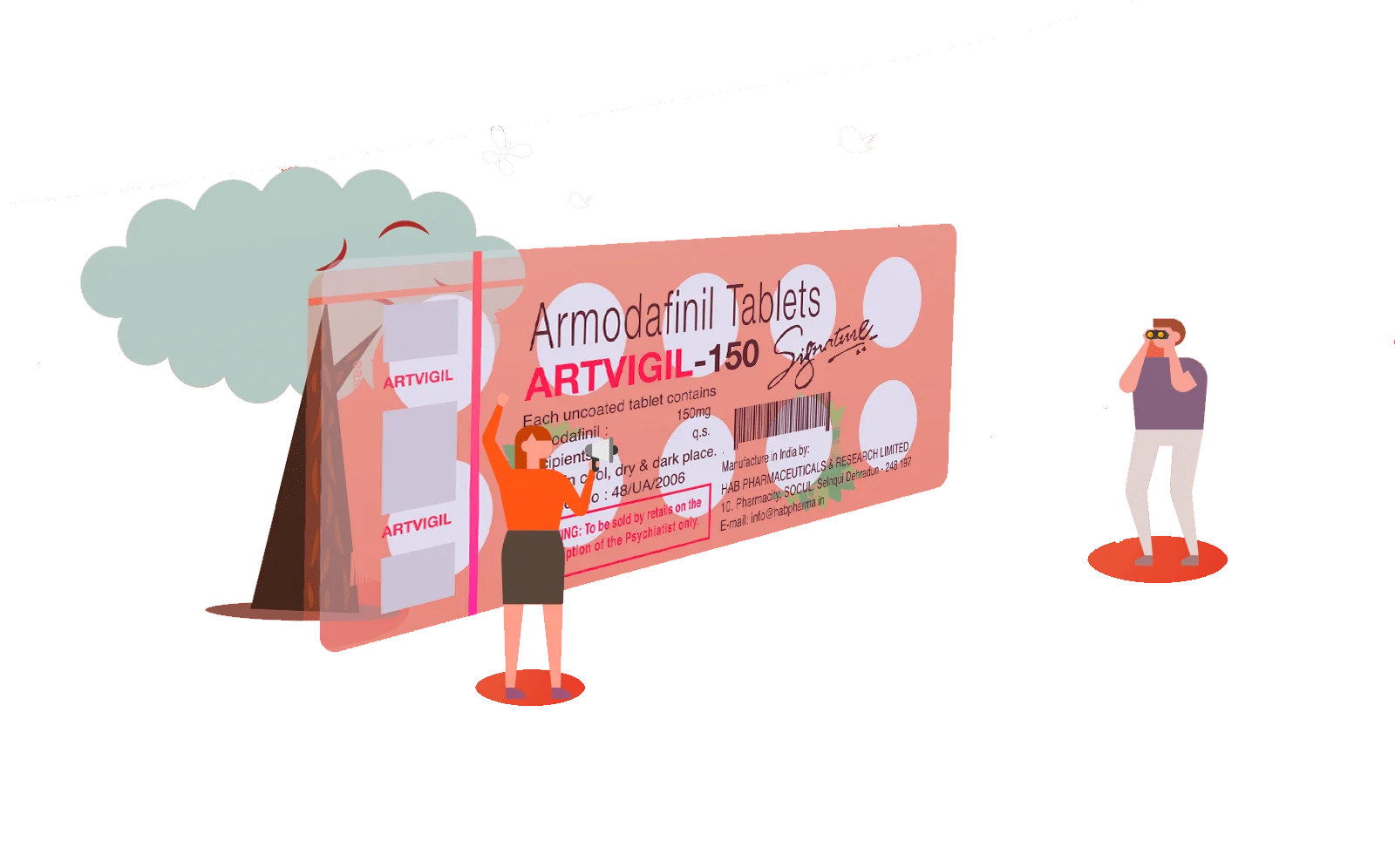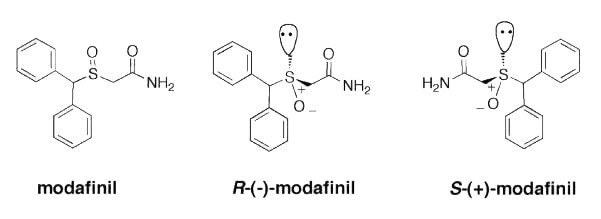Off-label use often leverages the wakefulness-promoting and concentration-enhancing effects of the drug.
Students, military special forces, creatives, and business executives often use it to get more efficiency out of their study sessions or work days.
Few people are aware of the stronger version of this highly-regarded productivity enhancer— Armodafinil
Among the options available for armodafinil, Artvigil is one of the most common.
Here we discuss the uses of Artvigil, its limitations, and how it compares to other drugs in its class.
Modafinil vs. Armodafinil, What’s the Difference?
How many active ingredients are contained in armodafinil? Depending on who you ask, you may get a slightly different answer.
A doctor might tell you that there is just one active constituent, modafinil! And this would be correct.
Ask a chemist, and they might tell you that there are two active ingredients, S-modafinil, and R-modafinil. They would also be correct.
How can there be two different answers to this question? How many are there?
The best way to understand this is to think about your two hands. Each one looks identical to the other, and have virtually the same functionality. Despite their similarities, they are also direct opposites of each other.
If asked to line your thumbs over the top of each other, one hand is forced to flip upside down to do it. This is the same thing that happens with chemicals.
So in basic terms, there is only one modafinil chemical structure, but there are also both right and left-handed versions of it. We call these “enantiomers.”
Taking this into consideration, we can now discuss how modafinil and armodafinil are different from each other.
While modafinil has both the right-handed (R-modafinil) and left-handed (S-modafinil) versions of the drug, armodafinil only contains pure R-modafinil.
Although very similar, the effects of pure R-modafinil in products like Artvigil, are noticeably different than products containing both enantiomers (such as Modalert or Modvigil).


